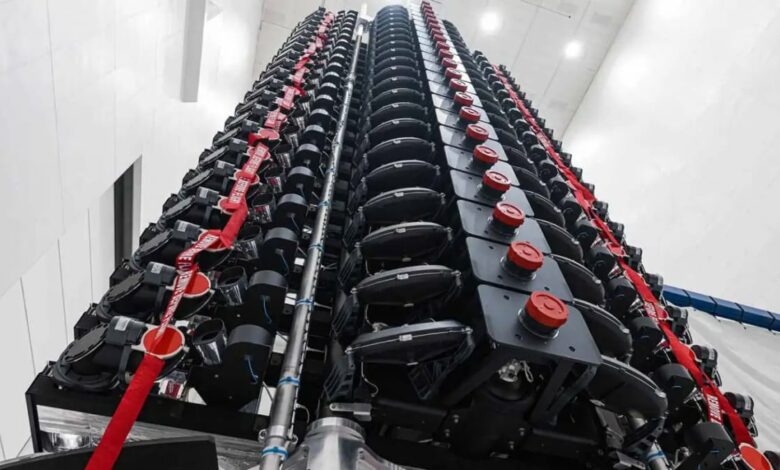Space debris caused by satellites threatens the stratosphere

The growing presence of satellite debris in Earth’s atmosphere has raised major concerns among scientists about its potential impact on the environment. With more than 10,000 active satellites currently orbiting the planet – a number expected to surpass 100,000 by 2030 and possibly half a million in the coming decades – the environmental consequences of satellite reentry and disintegration are becoming carefully examined.
Increasing satellite and rocket emissions
Research published in Metals from Spacecraft Reentry in Stratospheric Aerosol Particles (2023) found that 10% of aerosol particles in the stratosphere contain these metals from the reentry of satellites and rockets. When satellites reach the end of their operational life, they often re-enter the Earth’s atmosphere, burning up.
This event releases several pollutants into the upper atmosphere, including aluminum and other metals. The study, led by Dr. Daniel Murphy, an atmospheric scientist with the U.S. National Oceanic and Atmospheric Administration (NOAA), brought widespread attention to the issue.
Findings by Connor Barker, an atmospheric chemist at University College London, showed a sharp increase in emissions from satellite re-entry. According to research published in Developing Inventories of By-products from Satellite Megaconstellation Launches and Disposal to Determine the Influence on Stratospheric Ozone and Climate (2024), aluminum and nitrogen oxide emissions increased from 3.3 billion grams in 2020 to 5.6 billion grams in 2022.
Rocket launches further contribute to air pollution through substances such as black carbon, aluminum oxide, nitrogen oxides and chlorine gases.
Threats to the ozone layer
The impact of these pollutants on the ozone layer has been a major concern. The ozone layer, crucial for blocking harmful ultraviolet radiation from the sun, is facing potential damage from aluminum oxide, a known catalyst for ozone depletion. This threat, which follows the success of the Montreal Protocol in reducing ozone-destroying substances such as chlorofluorocarbons, has alarmed scientists.
In one interview Speaking to Science News, Dr. Murphy other environmental risks, noting that soot from rocket engines absorbs solar energy and warms the atmosphere. Metals such as copper, which are released when satellites break up, can catalyze chemical reactions that affect cloud formation and atmospheric chemistry.
A call for further research
The growing number of satellite launches requires urgent research into their impact on the environment. Understanding these risks will be critical in mitigating potential long-term impacts on the planet’s atmosphere and ecosystems.




